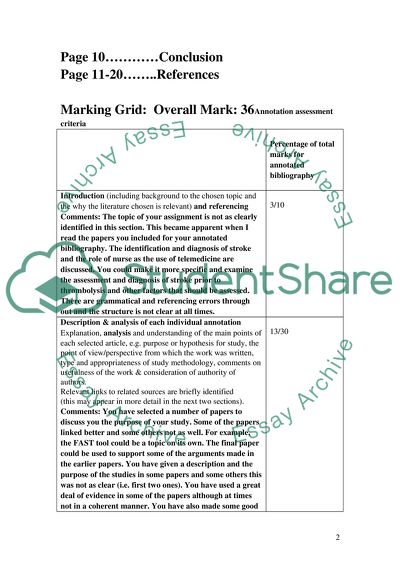Cite this document
(Diagnosis and Assessment of Stroke Annotated Bibliography - 1, n.d.)
Diagnosis and Assessment of Stroke Annotated Bibliography - 1. https://studentshare.org/health-sciences-medicine/1749089-assessment-of-stroke-annotated-bibliography
Diagnosis and Assessment of Stroke Annotated Bibliography - 1. https://studentshare.org/health-sciences-medicine/1749089-assessment-of-stroke-annotated-bibliography
(Diagnosis and Assessment of Stroke Annotated Bibliography - 1)
Diagnosis and Assessment of Stroke Annotated Bibliography - 1. https://studentshare.org/health-sciences-medicine/1749089-assessment-of-stroke-annotated-bibliography.
Diagnosis and Assessment of Stroke Annotated Bibliography - 1. https://studentshare.org/health-sciences-medicine/1749089-assessment-of-stroke-annotated-bibliography.
“Diagnosis and Assessment of Stroke Annotated Bibliography - 1”. https://studentshare.org/health-sciences-medicine/1749089-assessment-of-stroke-annotated-bibliography.


